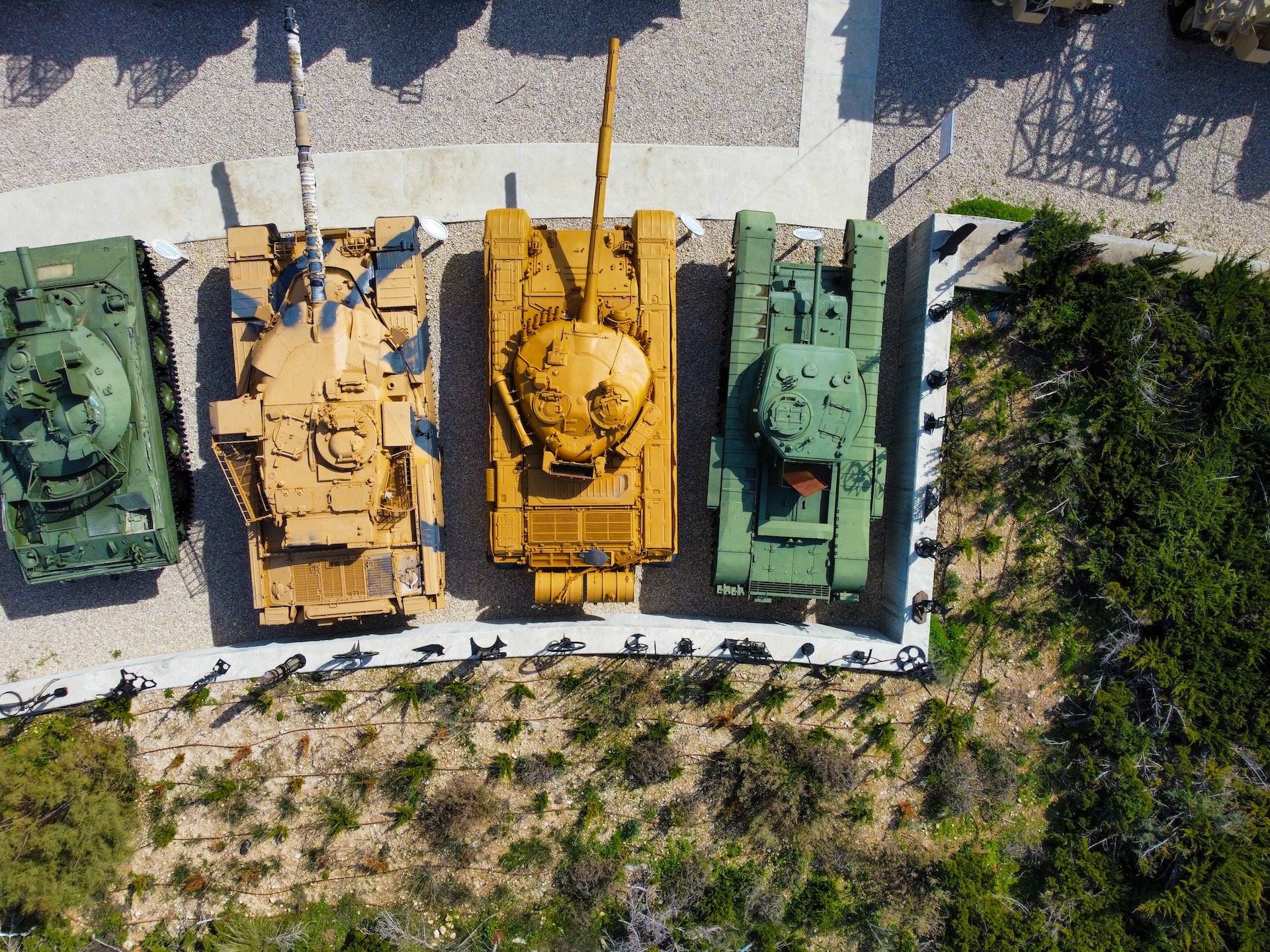A potential package of US spending on international defense aid will try to tie new funds for Israel and Ukraine together. Combining these efforts would seem to improve the chances of aid to Ukraine continuing unabated, in spite of heavy opposition among some Republicans in the House of Representatives. Though support for Ukraine has waned among the American populace generally, and particularly among Republicans, support for new military assistance to Israel is heavily favored among that voting demographic.
Israel has been embroiled in a burgeoning conflict with Hamas militants operating out of the Gaza Strip since October 7, suffering a surprise attack that spurred a declaration of war by Tel Aviv for the first time in 50 years. Though Israeli officials have threatened a “siege” of Gaza in retaliation, this has yet to materialize. The US has deployed multiple aircraft carriers to the region and has called up thousands of rapid response troops for a potential deployment to support Israeli operations against Hamas. The US may soon increase material support for Israel’s Iron Dome air defense system as well.
Related ETF: SPDR S&P Aerospace & Defense ETF (XAR)
Despite some speculation that a widespread commitment among US government officials to support Israel with supplemental defense aid could put continual shipments of weaponry to Ukraine in jeopardy, it seems more likely that the developing situation in the Middle East will bolster efforts to sustain Kyiv’s defense. Over the weekend, White House national security adviser Jake Sullivan stated that the Biden administration hopes to soon push a new weapons package for Israel and Ukraine through Congress that will be “significantly higher” than $2.0 billion. By tying Ukraine security aid to spending for Israel, opposition among some Republicans in the House of Representatives, who have recently begun to stonewall new Ukraine spending in negotiations on a fiscal 2024 budget, may be harder to maintain.
As MRP covered last week, Israel came under attack by Palestinian militant group Hamas, igniting a burgeoning conflict that has left thousands dead in Israel proper and the Gaza Strip – an exclave home to an estimated 2.3 million Palestinians the de-facto jurisdiction of Hamas. The militants began “Operation al-Aqsa Flood” by launching as many as 5,000 missiles into Israel in the course of just 20 minutes on October 7. This mass of projectiles overwhelmed Israel’s world-renowned Iron Dome air defense system, allowing about 650 to hit targets on the ground. Simultaneously, militants acting as Hamas’s mobile infantry began dismantling Israeli border defenses and infiltrating Israeli Defense Forces (IDF) installations. Rocket fire out of Gaza has continued since. Though Hamas has no regular military structure and lacks large amounts of traditional military equipment, they were able to launch a full land, sea, and air attack on multiple Israeli cities, as makeshift paratroopers deployed into Israeli proper and naval operations took place with the use of motorboats on Israel’s western shores. As many as 22 locations reported strikes on Israelis and infantry clashes with the IDF as the conflict zone reached as far east as…
To read the complete Intelligence Briefing, current All-Access clients, SIGN IN All-Access clients receive the full-spectrum of MRP’s research, including daily investment insights and unlimited use of our online research archive. For a free trial of MRP’s All-Access membership, or to save 50% on your first year by signing up now, CLICK HERE










